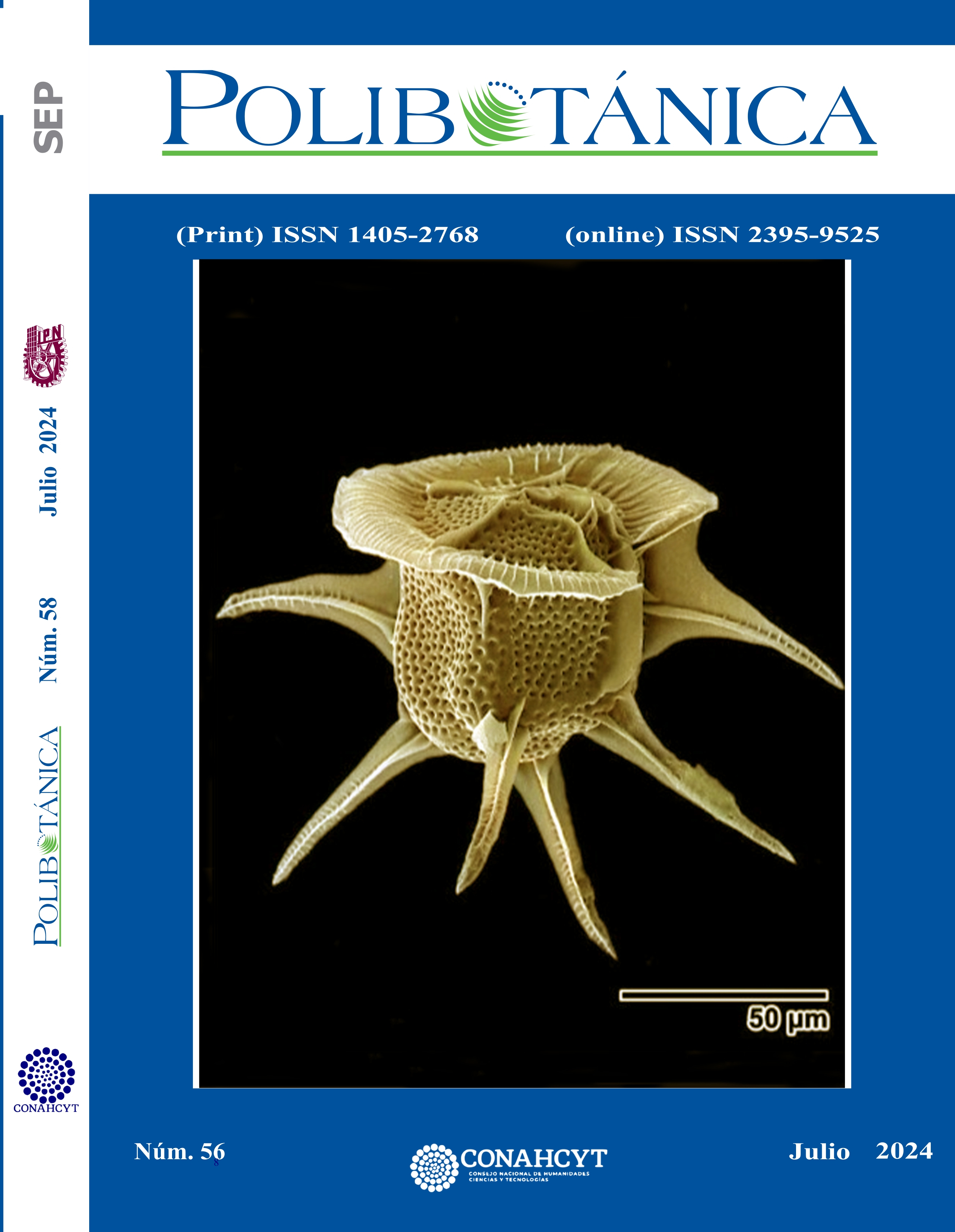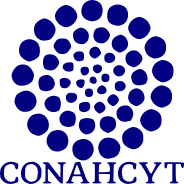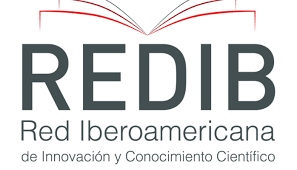In vitro establishment of pascuita (Euphorbia leucocephala Lotsy) and callus and shoot induction under different led light colors
DOI:
https://doi.org/10.18387/polibotanica.58.13Keywords:
Euphorbia leucocephala, In vitro culture, Indirect organogenesis, LED lightingAbstract
Pascuita (Euphorbia leucocephala Lotsy) is an ornamental plant used during Christmas season. Although its extensive production has been increasing, the non-existence of agronomic varieties and efficient vegetative reproduction protocols are the main challenges surrounding this plant. Generation of an in vitro reproduction protocol by indirect organogenesis represents a first step in addressing these challenges. The aim of this research was to evaluate the effects of three LED light colors and different concentrations of benzyladenine (BA) and indole-3-acetic acid (IAA) on the formation of calluses and subsequent generation of adventitious stems. Under a factorial experiment, the effect of 9 and 12 µM of BA; 5, 8 and 11 µM of IAA added to the culture medium and white, red and blue LED light (10 µmol m-2 s-1 and 16 h photoperiod) were tested, on the generation of calluses and subsequent formation of adventitious stems in pascuita whorl fragments established in WPM medium. Results showed that callus formation is possible under all treatments, red light accelerated this process. Calluses formed under 5 µM IAA and 9 or 12 µM BA were the first to generate adventitious stems and only under red light, 100 % calli with adventitious stems were observed. Stems number and length was a function of interactions between hormonal and light treatments. It is concluded that it is possible to generate calluses under any of the hormonal and light evaluated treatments and that red light accelerates the formation of calluses and adventitious pascuita stems with desirable characteristics.
References
Ahmad, I., Hussain, T., Ashraf, I., Maryam, M. N., Rafay, M., & Iqbal Muhammad. (2013). Lethal effect of secondary metabolites on plant tissue culture. American-Eurasian Project is under review View project Local fruit and vegetable drying techniques to reduce malnutrition View project. American-Eurasian J. Agric. & Environ. Sci., 13(4), 539–547. https://doi.org/10.5829/idosi.aejaes.2013.13.04.1975
Alallaq, S., Ranjan, A., Brunoni, F., Novák, O., Lakehal, A., & Bellini, C. (2020). Red Light Controls Adventitious Root Regeneration by Modulating Hormone Homeostasis in Picea abies Seedlings. Frontiers in Plant Science, 11. https://doi.org/10.3389/fpls.2020.586140
Aljibouri, A. M., Yakoub Zokian, S. A., & Almusawi, A. H. (2014). Response of four medical plants of Euphorbia species in callus initiation in vitro. Journal of Biotechnology Research Center, 8(1), 66–71.
Amente, G., & Chimdessa, E. (2021). Control of browning in plant tissue culture: A review. Journal of Scienfitic Agriculture, 5, 67–71. https://doi.org/10.14393/BJ-v34n1a2018-36311
Amos Samkumar, R., Premnath, D., & David Paul Raj, R. S. (2019). Strategy for early callus induction and identification of anti-snake venom triterpenoids from plant extracts and suspension culture of Euphorbia hirta L. 3 Biotech, 9(7). https://doi.org/10.1007/s13205-019-1790-9
Azofeifa, Á. (2009). Problemas de oxidación y oscurecimiento de explantes in vitro. Agronomía Mesoamericana, 20(1), 153–175. http://www.redalyc.org/articulo.oa?id=43711514016
Budiarto, K. (2010). Spectral qualitu affects morphogenesis on anthurium plantlet during in vitro culture. Agrivita volume, 32(3), 234–240.
Catapan, E., Luís, M., Da Silva, B., Moreno, N., & Viana, A. M. (2002). Micropropagation, callus and root culture of Phyllanthus urinaria (Euphorbiaceae). Plant Cell, Tissue and Organ Culture, 70, 301–309.
Cavallaro, V., Pellegrino, A., Muleo, R., & Forgione, I. (2022). Light and Plant Growth Regulators on In Vitro Proliferation. Plants, 11(7). https://doi.org/10.3390/plants11070844
Centeno, M. L., Rodriguez, A., Feito, I., Fermindez, B., & Weiler, E. W. (1996). Relationship between endogenous auxin and cytokinin levels and morphogenic responses in Actinidia deliciosa tissue cultures. Plant Cetl Reports, 16, 58–62.
Chung, J. P., Huang, C. Y., & Dai, T. E. (2010). Spectral effects on embryogenesis and plantlet growth of Oncidium “Gower Ramsey”. Scientia Horticulturae, 124(4), 511–516. https://doi.org/10.1016/j.scienta.2010.01.028
Cybularz-Urban, T., Hanus-Fajerska, E., & Bach, A. (2015). Callus induction and organogenesis in vitro of Cattleya from protocorms-like bodies (PLBs) under different light conditions. Acta Sci. Pol. Hortorum Cultus, 14(6), 29–38. www.acta.media.pl
D´Onofrio, C., & Morini, S. (2001). Effect of light quality on in vitro production of callus explants of three Poinsettia cultivars. En Acta Hort (Vol. 560).
Daud, N., Faizal, A., & Geelen, D. (2013). Adventitious rooting of Jatropha curcas L. is stimulated by phloroglucinol and by red LED light. In Vitro Cellular and Developmental Biology - Plant, 49(2), 183–190. https://doi.org/10.1007/s11627-012-9486-4
Dutta Gupta, S., & Sahoo, T. K. (2015). Light emitting diode (LED)-induced alteration of oxidative events during in vitro shoot organogenesis of Curculigo orchioides Gaertn. Acta Physiologiae Plantarum, 37(11). https://doi.org/10.1007/s11738-015-1990-9
Gil, C. S., Kwon, S. J., Jeong, H. Y., Lee, C., Lee, O. J., & Eom, S. H. (2021). Blue light upregulates auxin signaling and stimulates root formation in irregular rooting of rosemary cuttings. Agronomy, 11(9). https://doi.org/10.3390/agronomy11091725
Ikeuchi, M., Sugimoto, K., & Iwase, A. (2013). Plant callus: Mechanisms of induction and repression. Plant Cell, 25(9), 3159–3173. https://doi.org/10.1105/tpc.113.116053
Jeong, B. R., & Sivanesan, I. (2018). Impact of light quality and sucrose on adventitious shoot regeneration and bioactive compound accumulation in Ajuga multiflora Bunge. Scientia Horticulturae, 236, 222–228. https://doi.org/10.1016/j.scienta.2018.03.056
Kohler, K.-H., Dsrfler, M., Gbring, H., & Moritz-Arndt, E. (1980). The Influence of Light on the Cytokinin Content of Amaranthus Seedlings. biologia plantarum (PRAHA), 22(2), 128–134.
Li, C. X., Xu, Z. G., Dong, R. Q., Chang, S. X., Wang, L. Z., Khalil-Ur-Rehman, M., & Tao, J. M. (2017). An RNA-seq analysis of grape plantlets grown in vitro reveals different responses to blue, green, red LED light, and white fluorescent light. Frontiers in Plant Science, 8(JANUARY). https://doi.org/10.3389/fpls.2017.00078
Lima, E. C., Paiva, R., Cravo Nogueira, R., Pereira Soares, F., Bucsam Emrich, E., & Naves Silva, A. Á. (2008). Callus induction in leaf segments of Croton urucurana Baill. Ciênc. agrotec., 32(1), 17–22.
Manivannan, A., Soundararajan, P., Halimah, N., Ko, C. H., & Jeong, B. R. (2015). Blue LED light enhances growth, phytochemical contents, and antioxidant enzyme activities of Rehmannia glutinosa cultured in vitro. Horticulture Environment and Biotechnology, 56(1), 105–113. https://doi.org/10.1007/s13580-015-0114-1
Martínez-Villegas, Y. M., Andrade-Rodríguez, M., Colinas-León, M. T., Villegas-Torres, Ó. G., Castillo-Gutiérrez, A., & Alia-Tejacal, I. (2015). Culture media inorganic salts effect on pascuita (Euphorbia leucocephala Lotsy) growth. Rev. Fitotec. Mex, 38(4), 369–374.
Mostafa, H. H. A., Wang, H., Song, J., & Li, X. (2020). Effects of genotypes and explants on garlic callus production and endogenous hormones. Scientific Reports, 10(1). https://doi.org/10.1038/s41598-020-61564-4
Pawłowska, B., Żupnik, M., Szewczyk-Taranek, B., & Cioć, M. (2018). Impact of LED light sources on morphogenesis and levels of photosynthetic pigments in Gerbera jamesonii grown in vitro. Horticulture Environment and Biotechnology, 59(1), 115–123. https://doi.org/10.1007/s13580-018-0012-4
Perera, D., & Trader, B. W. (2010). Poinsettia “Prestige Red” (Euphorbia pulcherrima) In Vitro Propagation. HortScience, 45(7), 1126–1128. http://www.ecke.com/Search/Variety_Results.
Pickens, K. A., Cheng, Z. M., & Trigiano, R. N. (2005). Axillary bud proliferation and organogenesis of Euphorbia pulchurrima Winter Rose. In Vitro Cellular and Developmental Biology - Plant, 41(6), 770–774. https://doi.org/10.1079/IVP2005706
Poudel, P. R., Kataoka, I., & Mochioka, R. (2008). Effect of red- and blue-light-emitting diodes on growth and morphogenesis of grapes. Plant Cell, Tissue and Organ Culture, 92(2), 147–153. https://doi.org/10.1007/s11240-007-9317-1
Shen, Y., Fan, K., Wang, Y., Wang, H., Ding, S., Song, D., Shen, J., Li, H., Song, Y., Han, X., Qian, W., Ma, Q., & Ding, Z. (2022). Red and Blue Light Affect the Formation of Adventitious Roots of Tea Cuttings (Camellia sinensis) by Regulating Hormone Synthesis and Signal Transduction Pathways of Mature Leaves. Frontiers in Plant Science, 13. https://doi.org/10.3389/fpls.2022.943662
Sobańska, K., Jedryszek, P., Kern, C., Basińska-Barczak, A., Pniewski, T., & Long, S. P. (2023). An efficient indirect plant regeneration from shoot apical meristem (SAM) derived embryogenic callus of Miscanthus × giganteus. Biocatalysis and Agricultural Biotechnology, 47, 102576. https://doi.org/https://doi.org/10.1016/j.bcab.2022.102576
Younas, M., Drouet, S., Nadeem, M., Giglioli-Guivarc’h, N., Hano, C., & Abbasi, B. H. (2018). Differential accumulation of silymarin induced by exposure of Silybum marianum L. callus cultures to several spectres of monochromatic lights. Journal of Photochemistry and Photobiology B: Biology, 184, 61–70. https://doi.org/10.1016/j.jphotobiol.2018.05.018
Yu, Y., Qin, W., Li, Y., Zhang, C., Wang, Y., Yang, Z., Ge, X., & Li, F. (2019). Red light promotes cotton embryogenic callus formation by influencing endogenous hormones, polyamines and antioxidative enzyme activities. Plant Growth Regulation, 87(2), 187–199. https://doi.org/10.1007/s10725-018-0461-x
Downloads
Published
Issue
Section
License

Polibotánica by Departamento de Botánica de la Escuela Nacional de Ciencias Biológicas del Instituto Politécnico Nacional se distribuye bajo una Licencia Creative Commons Atribución-NoComercial-CompartirIgual 4.0 Internacional.




















